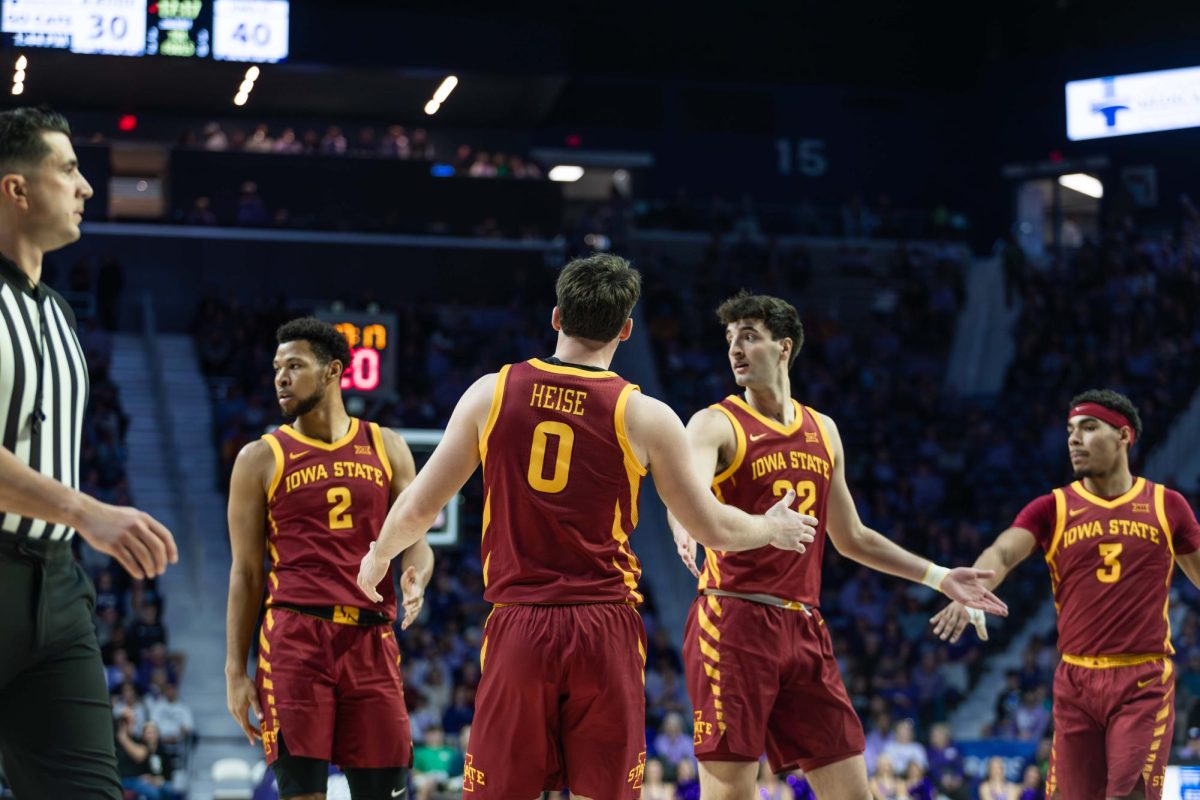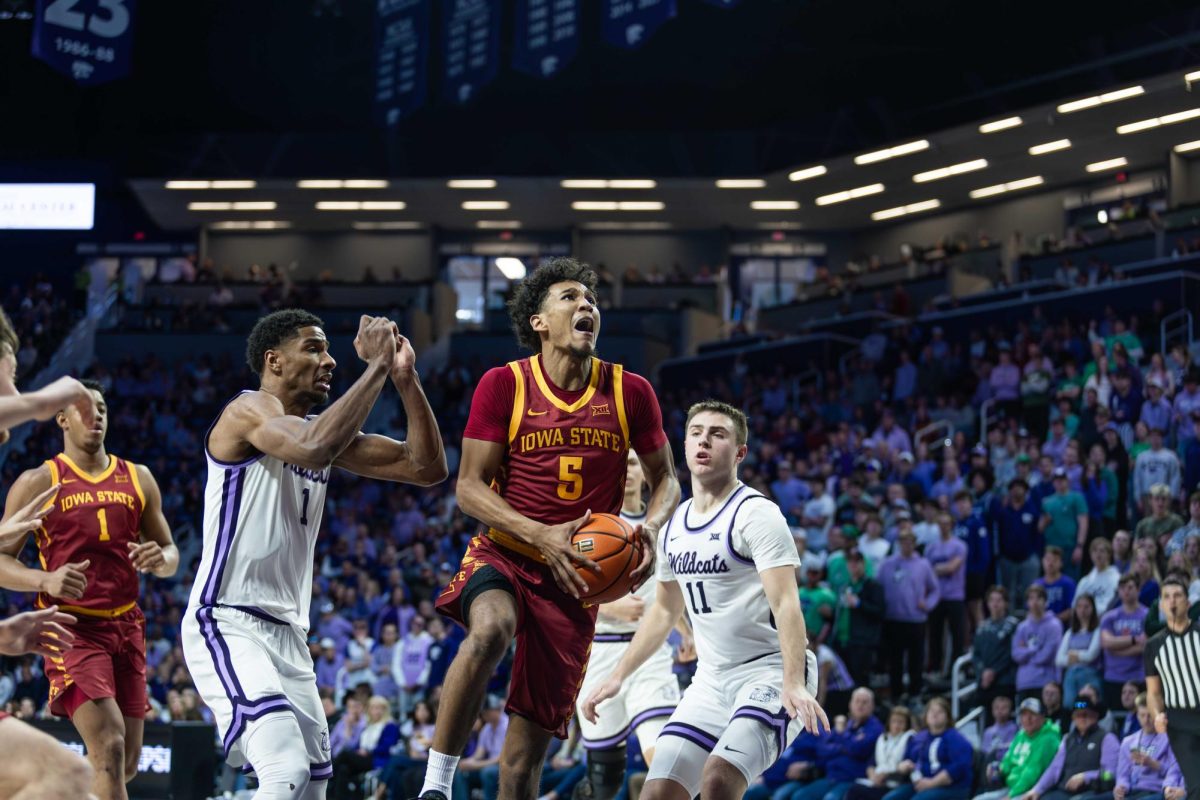Playground design may not meet safety recommendations
April 30, 2001
Architects wanted to create a stimulating environment for children with the Palmer Playground, but the new design does not meet Consumer Product Safety Commission recommendations for playground safety.
The playground is part of the ISU Child Development Laboratory School.
Katherine Curry, building plans examiner for the state fire marshal’s office, said some safety aspects of the playground have been questioned, such as the placement of handrails and guard rails, boulders that are present on the playground and the handicap accessibility of the playground.
Curry said she thinks the handrails and boulders may be particularly unsafe for toddlers on the playground.
Sharon Mays, extension playground specialist, said she met with some teachers and Susan Hegland, interim director of the Child Development Laboratory School, to discuss what teachers liked and disliked about the playground April 3. She said Curry was doing an inspection of the inside of the building and then looked at the playground. “They haven’t had any issues,” Mays said. “No child has been hurt.”
Hegland said she was unaware of the recommendations. However, when she became director at the beginning of February, she said one of the first things she did was ask the teachers what they liked about the playground and what they wanted to change. Hegland said the teachers expressed their concern with the amount of space available, saying the rocks were taking too much space.
“They said they didn’t like the rocks because it was forcing them to say no to the kids,” she said.
Curry sent a review letter to RDG Bussard Dikis, the architecture firm which designed the playground, Lou Mitchell, associate director of environmental health and safety, and Joan Herwig, former director of the Child Development Laboratory School.
Curry said she talked with Mitchell after she sent the review letter, and he understood her concerns about the playground. However, Curry said she never received a response from the architecture firm and thought it was unusual.
“Everything in the Palmer Playground meets building codes,” Mitchell said. “We are now looking at the consumer safety recommendations for the playground. We were trying to provide an environment for a stimulating atmosphere and comply with building requirements and recommendations of the consumer and product safety commission.”
Scott Sankey, associate architect for Iowa State, said people must remember a lab school is different than a daycare because there is more supervision at the lab school than a daycare center.
Sankey said the educational process is one of the purposes of the Palmer Playground design. “We were trying a new approach to play design,” he said. “We went for more of an environmental design instead of sending the kids a jungle gym or big box objects.
Herwig, associate professor of human development and family studies, said the design was meant to stimulate an active environment.
“With the playground, we tried to incorporate natural materials into the play space that promotes children’s active environment,” she said.
Hegland said currently a committee is researching ways to keep the playground safe but at the same time have developmental-environmental value. “We want to find out what is working to maintain a learning environment,” she said, “then what’s not working and change it.”






